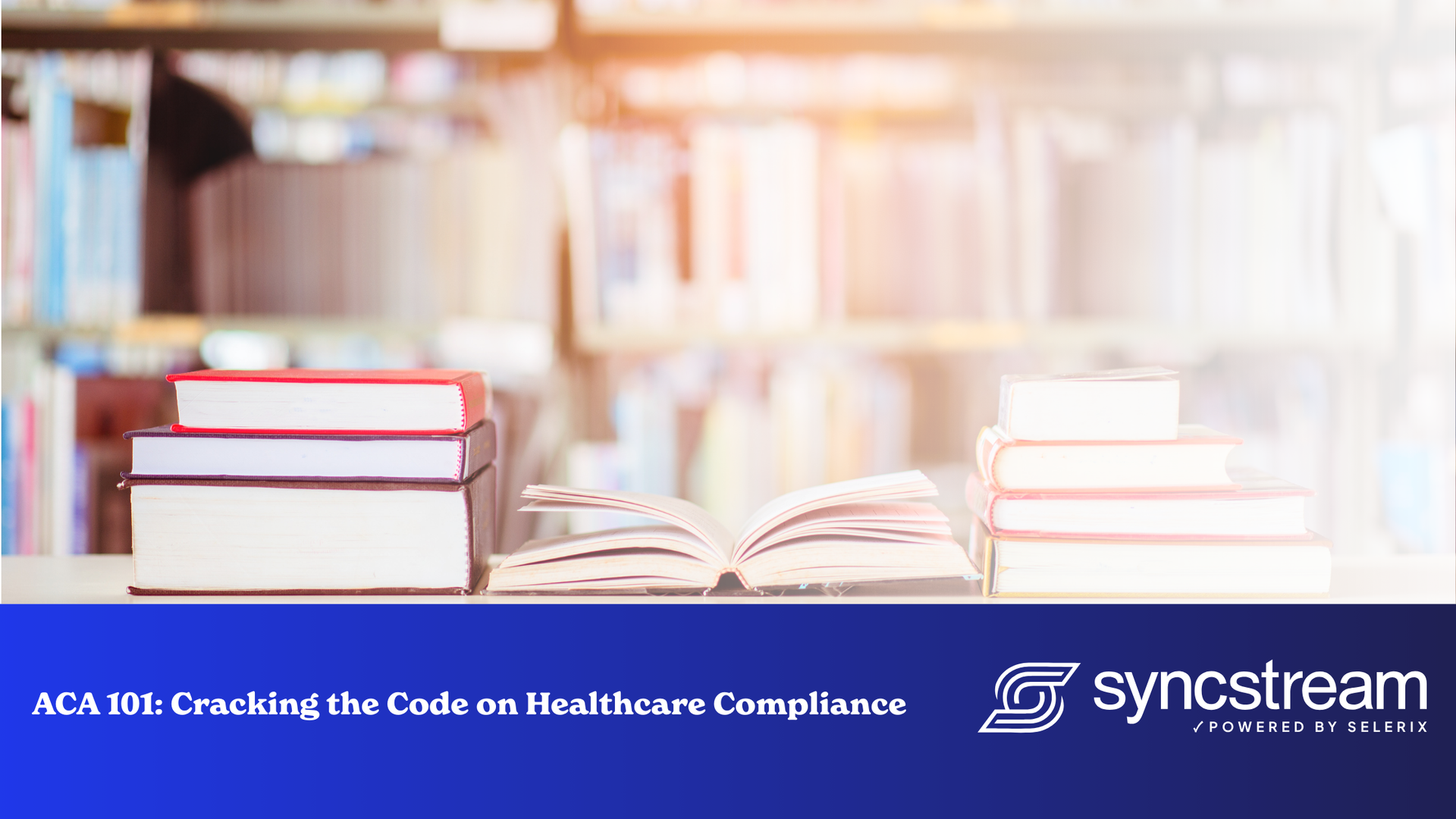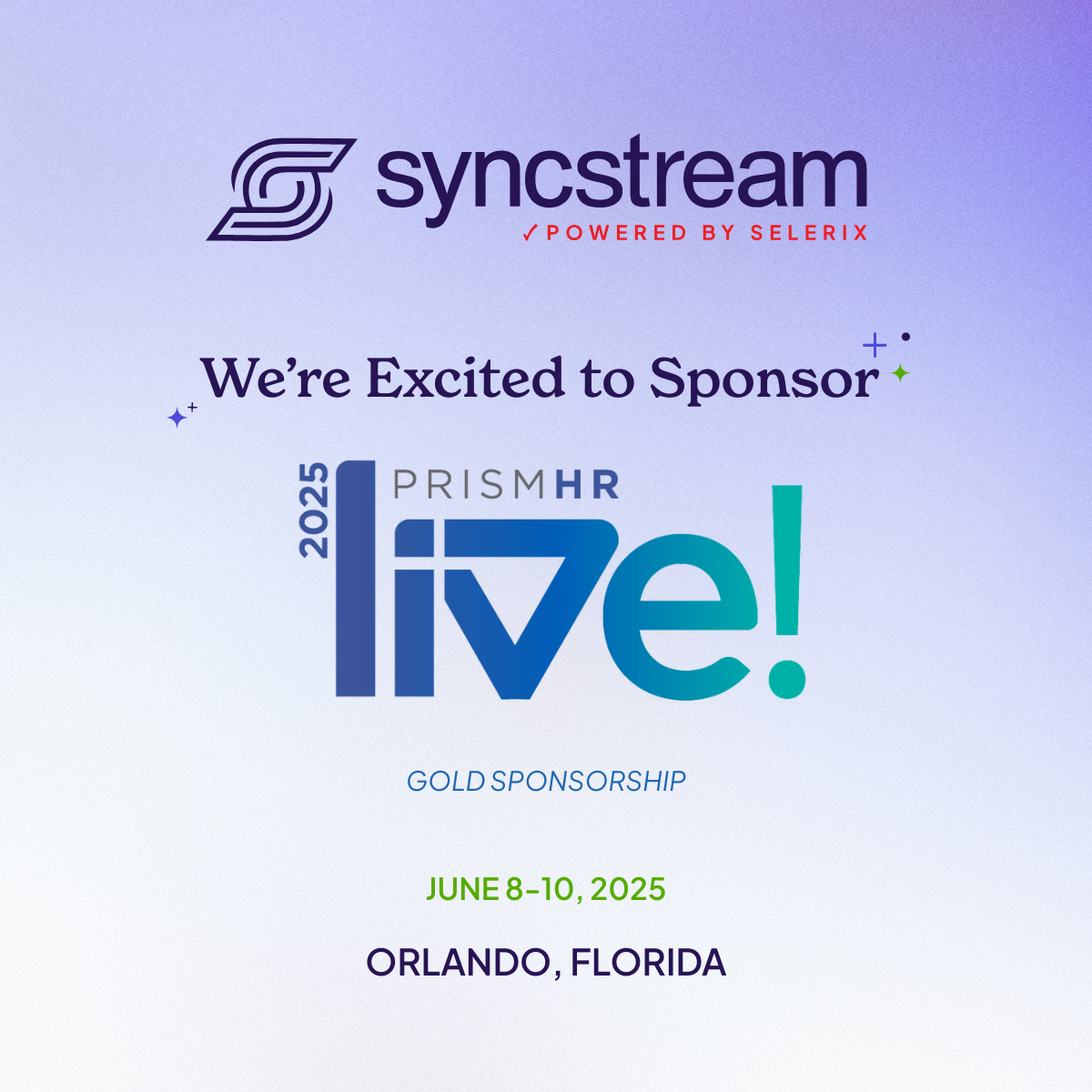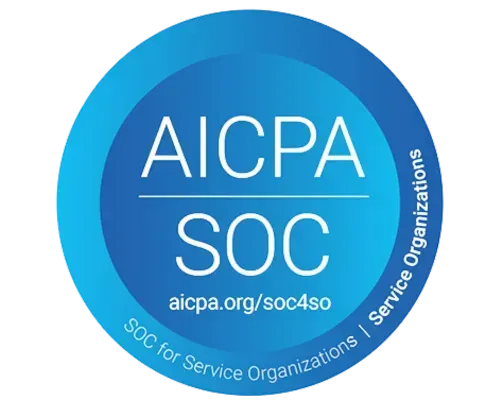The IRS Addresses the ACA’s Family Glitch: What This Means for Applicable Large Employers
ACA’s Family Glitch: What This Means for Applicable Large Employers

What is example of the "Family Glitch" fix?
An example of how this will work will be that RMC Automotive Service will continue to offer health benefits and report the same as it has for the past five years. Ashley, their billing manager, will be delighted to learn that, for the first time, her spouse and kids will now be eligible for PTCs since the cost for family coverage through her employer is over 9.18% of the family’s household income. Ashley will decline her employer’s health offer, which still meets ACA’s affordability threshold, and enroll the family into an affordable plan through the marketplace. She will no longer have to keep up with multiple plans, doctors, and bills.
At first glance, this is the perfect scenario for all. Still, the PTCs used by the family will be reported to the IRS and cross-referenced with the employee's 1095. Currently, there is no safe harbor indicator code distinguishing between tiers of coverage and the application of the affordability threshold. One would expect until new indicator codes are assigned, the IRS will be unable to confirm affordability for PTCs used by spouses and dependents, and those PTCs will continue triggering an IRS 226-J penalty letter to be issued. Even though RMS Automotive Service offered affordable coverage as mandated, PTCs automatically trigger a 226-J letter leaving the burden of proof on the employer.
What Does This Mean for Applicable Large Employers (ALEs)?
The final rule does not add any new requirements for employers.
ALEs are not required to pay for dependent coverage or make it affordable, but ALEs must offer it. Employer Shared Responsibility Provision (ESRP) penalties should only be triggered if the employee-only plan is unaffordable. A penalty should not be triggered if the employee’s family members receive PTCs from the marketplace. ALEs should keep clean records just in case those 226-J letters need mitigation.
In conclusion, The Family Glitch of the Affordable Care Act (ACA) limited access to affordable health insurance for some families and recently was fixed due to new regulations. The IRS has estimated that 600,000 - 2.3 million newly-eligible individuals will be enrolled in the marketplace, providing more than 80,000 previously uninsured individuals coverage. This will lead to a substantial amount of Premium Tax Credits.
SyncStream maintains a tenured, knowledgeable staff who continually monitors changes to the employer mandate regulations and updates solutions as laws evolve. SyncStream removes the burden of ACA compliance and provides penalty risk assessments with suggested corrections to reduce your company’s risk of high IRS penalties. Subject matter experts utilize SyncStream’s user-friendly compliance software to track employee hours, auto-populate forms, audit forms, and e-file for thousands of ALEs. SyncStream’s Full Service Total ACA solution can simplify your ACA compliance needs.





